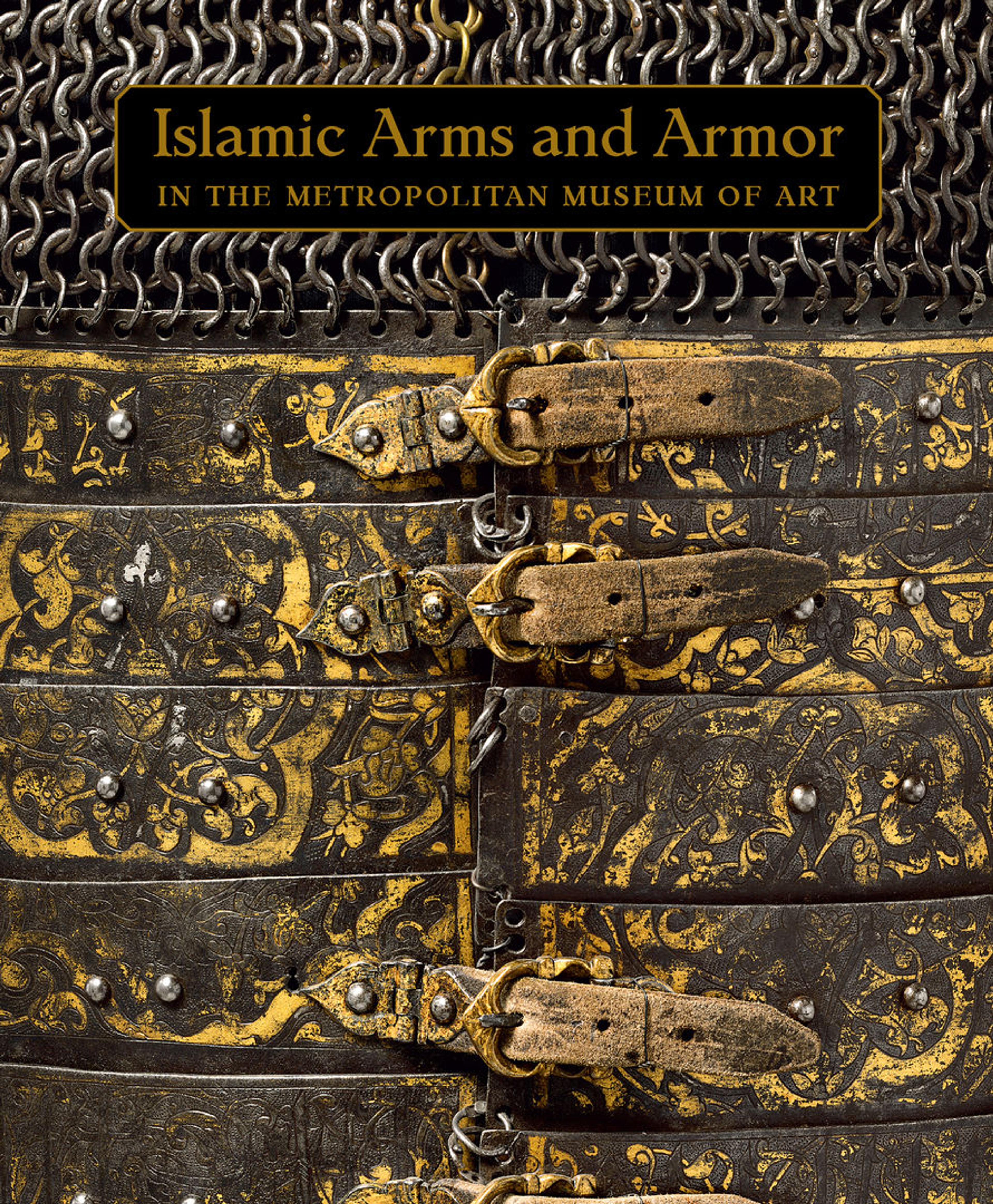Shaffron (Horse's Head Defense)
Shaffrons of this general type, with sharply cutaway semicircular sides and embossed with large T-shaped forms along the forehead and down the nose, seem to have originated in the Ottoman Empire, probably during the sixteenth century. The present example is one of several shaffrons embossed with both a T-shape and semicircular forms; one of these (also with brass inlay) is in the Askeri Müzesi, Istanbul, and another is in the Museo Stibbert, Florence. The shaffron in the Museo Stibbert, like this one, has an upstanding horizontal brow plate. It is fitted with copper rivet heads engraved with radiating spokes, a type frequently used on Mamluk and Ottoman armor of the sixteenth century, including an Ottoman "turban" helmet and a horse armor both probably of that century.
Artwork Details
- Title: Shaffron (Horse's Head Defense)
- Date: possibly 16th century
- Culture: Turkish
- Medium: Steel, copper alloy
- Dimensions: H. 21 in. (53.3 cm); W. 8 1/2 in. (21.6 cm); Wt. 1 lb. 14 oz (847 g)
- Classification: Equestrian Equipment-Shaffrons
- Credit Line: Fletcher Fund, 1921
- Object Number: 21.102.4
- Curatorial Department: Arms and Armor
More Artwork
Research Resources
The Met provides unparalleled resources for research and welcomes an international community of students and scholars. The Met's Open Access API is where creators and researchers can connect to the The Met collection. Open Access data and public domain images are available for unrestricted commercial and noncommercial use without permission or fee.
To request images under copyright and other restrictions, please use this Image Request form.
Feedback
We continue to research and examine historical and cultural context for objects in The Met collection. If you have comments or questions about this object record, please complete and submit this form. The Museum looks forward to receiving your comments.
